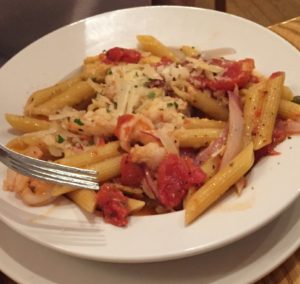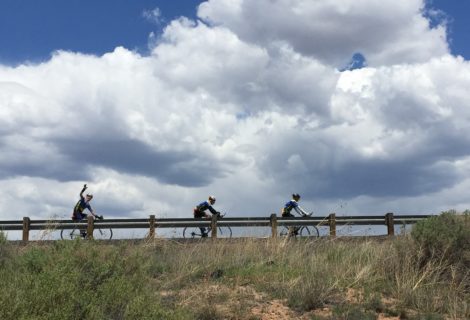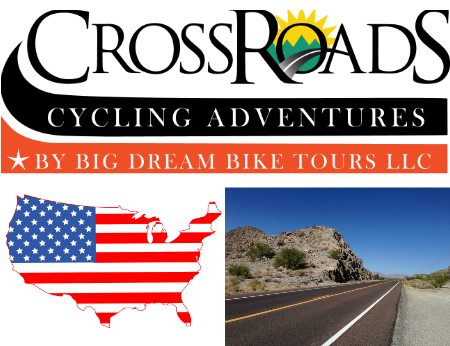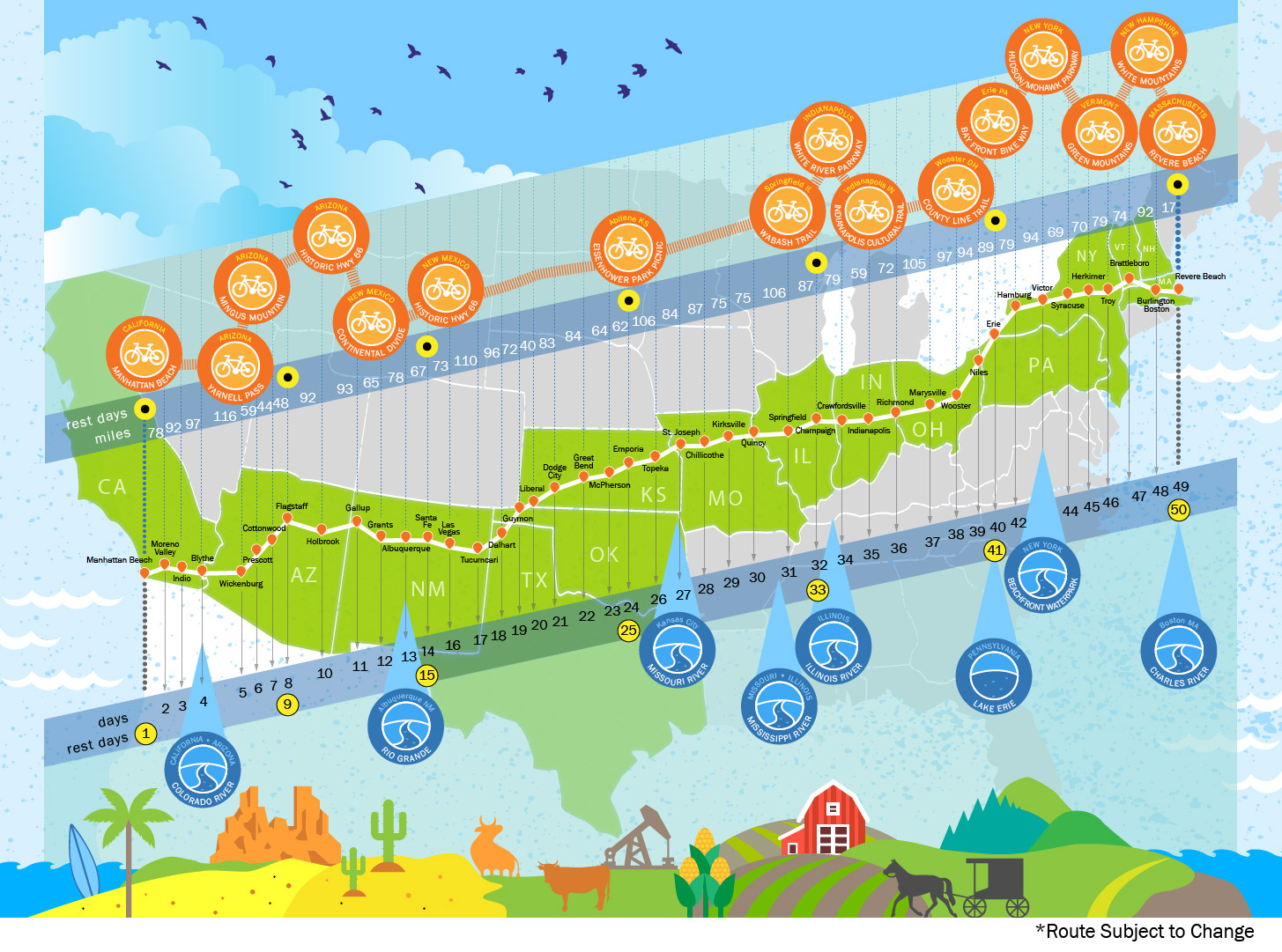Cross Country Bike Tour – Nutrition for Success!
Nutrition is important when you ride your bike, and especially important when you decide to ride across the country. The way you choose to eat and hydrate is all a part of the training your body will need starting well in advance of your tour date.
There are many articles, and many opinions, on proper nutrition. Many are very technical and focused on training schedules, nutrition, and hydration in preparation for “race day”. A long distance tour is not a race! It is a decision you make to commit to riding a long ride, day after day, until you reach your final destination. It is (in our opinion) the chance of a lifetime to see the country close-up and ride your bike at the same time. What could be better than that?

Pasta with scallops
It is not our goal to recreate the wheel in providing information about nutrition, but rather to share the best information that we feel will position you for success over the long haul of a cross country tour. Keep in mind, your tour days will most likely be very different from the days you spend training. Very few people have to opportunity to train for long distance riding by actually riding long distances. Therefore, the article we have chosen to share with you includes nutritional information for six different types of rides. This should allow you to best prepare for tour as well as enjoy your tour to the max by eating and drinking properly. Below, you will find the section from Cycling Performance Tips specific to a BIKE TOUR. We encourage you to also learn about the 5 other types of rides by clicking on:
CYCLING PERFORMANCE TIPS Nutrition Plans for 6 Common Types of Rides
MULTI-DAY RIDE or BIKE TOUR
This ride is basically the same as the long training ride, but you need to be very careful to eat a high carbohydrate meal each evening or you will slowly become glycogen depleted and chronic fatigue will develop. If this is going to be a high intensity event on certain days, (intensity above 60% VO2 max.), it is important to avoid eating in the 4 hour pre-ride interval to avoid GI distress. But on those long slow days, that’s not an issue. A 300 gram carbohydrate meal each day 3 to 4 hours before the ride will maximize glycogen reserves. This is the dietary program most appropriate for a multi-day bike tour.
- 4 days prior – balanced diet with 50 – 70 % Calories from carbohydrates andat least 600 grams per day of carbohydrates in the 2 to 3 days prior to the ride
- 4 hours prior – if the intensity is moderate, eating during this interval is OK, but avoid fatty foods and eat 2 hours before the ride. A 300 gram carbohydrate meal 3 to 4 hour pre ride is recommended.
- 4 minutes prior – nothing special
- during the ride – regular snacks, energy gels, or sports drinks to replace the estimated Calories burned per hour
- post ride – a post ride carbohydrate snack, particularly in the 10 to 15 minutes immediately afterwards, will take advantage of the window for maximum glycogen resynthesis and may cut down on muscle soreness. Eat a high carbohydrate meal the night after the ride, and try to eat at least 600 grams of carbohydrate per day above and beyond that needed to replace the Calories burned on that day’s ride.
- fluids – one water bottle per hour, perhaps a bit more in hot weather
(More discussion on nutrition for a multiday ride on the wwwcptips Blog)
A few additional tips for those trips that will have long back-to-back days on the bike.
- Train with long back-to-back rides. You can train for a single century by riding long once a week because the event calls for just one day of exertion — and then you can rest. But to build the stamina for a week (or two) of daily rides you should train with several long, back to back, rides.
- Replace those Calories in training. When you’re maxing those training miles, you need to replace the Calories you are burning (and fluids too) to keep muscle glycogen stores intact. If you skimp, you run the risk of increasing your level of fatigue.
- Respect your contact points. Keep your hands, feet and saddle area happy. Pain in any of those areas can ruin a good adventure. Think twice about using new gear.
- Beware of overtraining. It’s tempting to put in big miles to prepare for the week. Going too fast (and often) has its own set of risks. Train smart.



